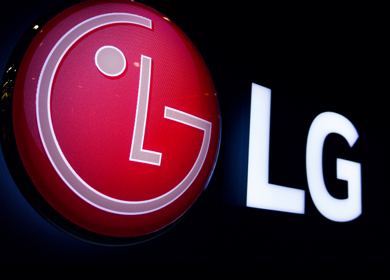Ad-supported media engagement fades: what are its implications for brands and advertisers?
Published: April 12, 2023

PQ Media, the world’s leading provider of media econometrics, has recently released its research on global media consumption.
According to its Forecast, the global consumer media usage—both digital and traditional media channels—trends stabilised closer to pre-pandemic levels in 2022. However, the report finds that engagement in ad-supported media was lower than it was in 2017.
To put it in detail, with the start of the pandemic in 2020, media consumption saw its fastest growth in 15 years. But, then, it experienced a "sharp deceleration" in 2021 as people began to resume their normal lives.
Again, in the last year, media consumption increased, with global consumer usage of both traditional and digital channels increasing 2.7% to 55.81 hours per week.
The growth rate for 2022 was higher than anticipated. At the same time, a weakening economy in the second half of the year forced many lower- and middle-income consumers to restrict their spending, setting the stage for a more difficult 2023.
It is known that platforms like Disney+ and Netflix have recently introduced more affordable, ad-supported tiers to better monetize their expensive streaming bets. According to PQ Media, ad-supported media accounted for 53.7% of time in 2022, down from 58.5% in 2017.
A Bloomberg report shows that Netflix's ad-supported service has recently attracted 1 million monthly U.S. subscribers in March, indicating that it has begun to gain traction.
However, PQ Media's prediction regarding advertising-supported media leaves a potentially alarming sign for streaming platforms considering commercials as a revenue source.
How does it impact advertisers and brands?
Although the cost of an ad-free experience became affordable as streaming services proliferated, consumers still had to pay more as their must-watch content was spread across multiple providers.
On the other hand, life has returned to pre-pandemic mode, and consumers prefer going to theatres to watch blockbusters as the theatrical experience is irreplaceable.
As a result, the engagement rate for streaming media is declining, as the PQ Media report confirms.
The situation, in our opinion, will indeed present various challenges for advertiser and brands. Here are some:
Cannot attain the desired results as before:
As an impact of lowered streaming media engagement, the overall efficiency of campaigns will probably be affected.
Because when audiences are exposed frequently to the brand’s content, it will increase brand awareness, which can amplify the conversion rates. But when audience engagement with streaming media lowers, the reach and brand exposure will indeed decrease. As a result, advertisers will find it hard to capture the attention of their target market.
Increases competition:
Already, the competition in streaming media is fierce. As the engagement is also lowering, brands will exert more effort to sustain the attention of the remaining audience. It will ramp up the competition more and put advertisers in a situation where they must put in extra effort to drive the results.
And, to combat this, advertisers will need to try creative approaches to make it engaging. Which may make the process complicated to establish the brands’ voice successfully in front of their target audiences.
Increases ad cost:
When reach and engagement decline, advertisers will be forced to pay high rates for ads. In other words, advertisers will have to spend more to reach the same number of audiences. Thus, it will make it less cost-effective for advertisers.
Needless to mention, CTV advertising is already expensive, and advertisers are under pressure to reap a better ROI. Hence, it may further worsen the situation.
Simply put, it is high time for advertisers to keep an eye on their results even more cautiously and plan campaigns accordingly. And, it is also important to re-evaluate their advertising strategy considering the slower growth of the ad-supported streaming media market.










Be the first one to comment.